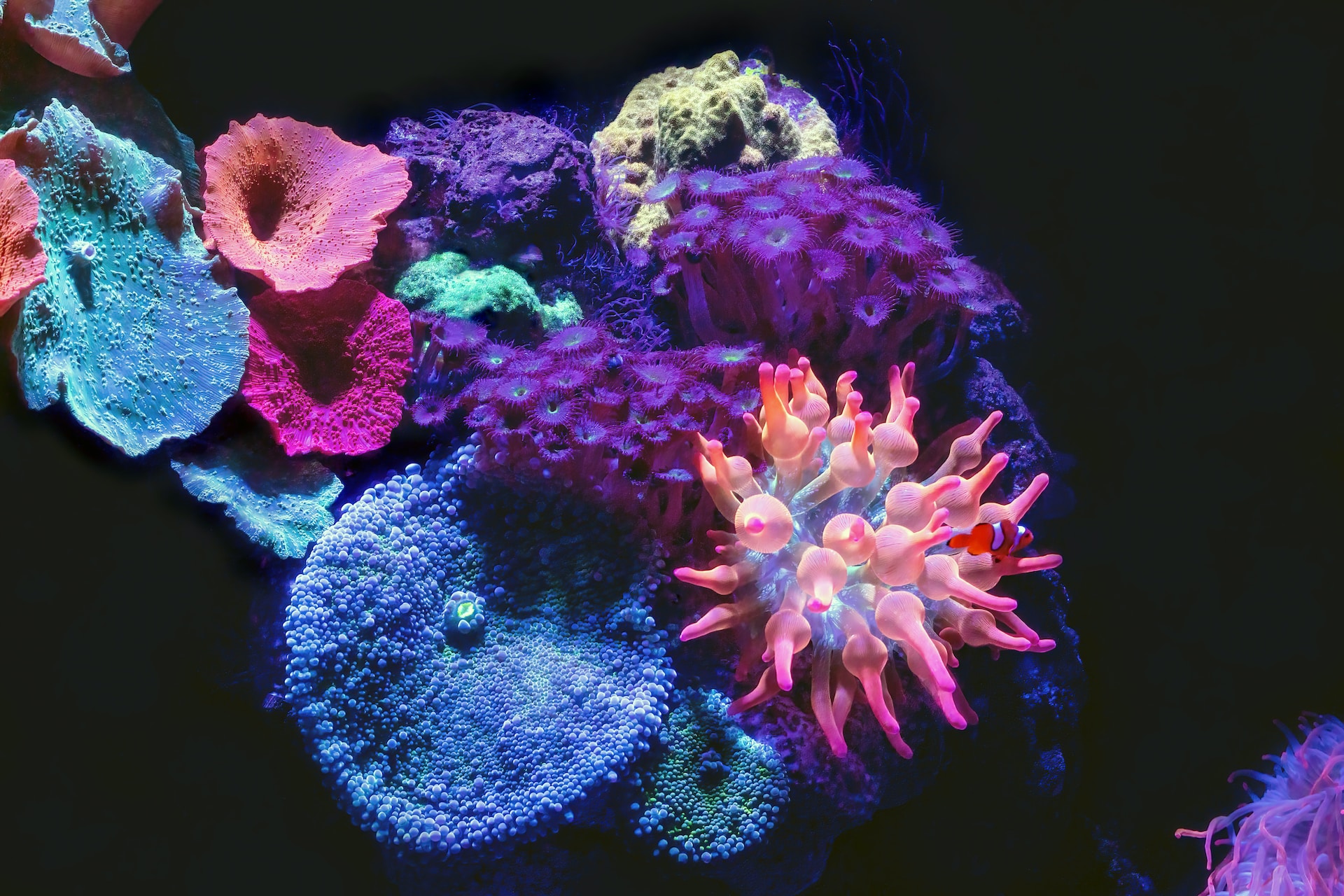The Enigmatic Glow of Bioluminescent Organisms

Bioluminescence is the ability of living organisms to produce light through chemical reactions within their cells. This phenomenon is found in a wide range of organisms, including bacteria, fungi, insects, fish, and even some mammals. The light produced by bioluminescent organisms can range from faint glows to intense flashes, and can be used for a variety of purposes.
One of the most common uses of bioluminescence is for communication. Fireflies, for example, use their bioluminescent “flash” to attract mates. Male fireflies emit a series of flashes that are specific to their species, allowing females to identify potential mates. Other insects, such as glowworms and click beetles, also use bioluminescence for mating purposes.
In marine environments, bioluminescence is often used for defense. Many species of fish and squid, for example, can produce a bright flash of light to startle and confuse predators. Some species of shrimp and krill also use bioluminescence to create a decoy, producing flashes of light to attract predators away from their bodies.
Bioluminescence can also be used for hunting. Anglerfish, which live in the deep sea, use a bioluminescent lure to attract prey. The lure, which is located on the end of a long stalk, emits a faint glow that attracts smaller fish. When the prey gets close enough, the anglerfish uses its huge jaws to swallow it whole.
But how do these organisms produce light? The chemical reactions that produce bioluminescence vary depending on the organism. In fireflies, for example, the reaction involves the enzyme luciferase, which reacts with a molecule called luciferin to produce light. In marine organisms such as dinoflagellates and jellyfish, the reaction involves a protein called a photoprotein, which produces light when it is triggered by a specific stimulus, such as movement or turbulence.
The evolution of bioluminescence is still a topic of debate among scientists. Some researchers believe that bioluminescence evolved as a form of communication, allowing organisms to signal to each other in the dark. Others suggest that bioluminescence evolved as a means of defense, allowing organisms to deter predators. Still, others propose that bioluminescence evolved as a way to attract prey or mates.
Whatever the reason for its evolution, bioluminescence has proven to be an incredibly useful adaptation for many organisms. In addition to the uses described above, bioluminescence is also used in medical research and biotechnology. Scientists have developed bioluminescent proteins that can be used to track the activity of specific cells in the body, and bioluminescent enzymes that can be used to detect the presence of certain molecules, such as toxins or pathogens.
Despite its many uses, much about bioluminescence remains mysterious. Scientists are still working to understand the underlying mechanisms that produce light in bioluminescent organisms, as well as the evolutionary history of this fascinating phenomenon.
If you want to learn more about bioluminescence and other fascinating natural phenomena, be sure to check out our other articles on factober.com.




